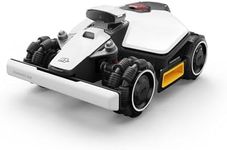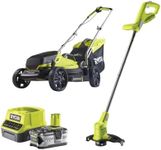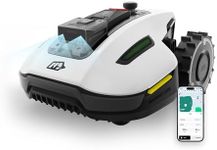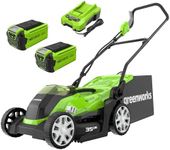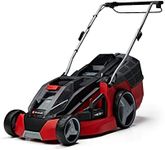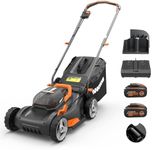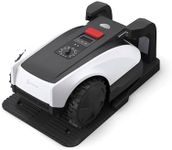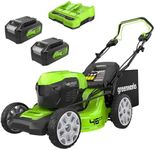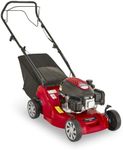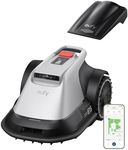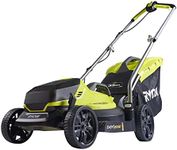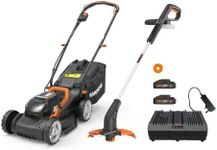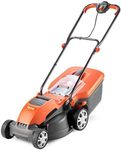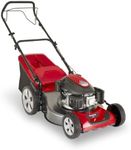Buying Guide for the Best Lawn Mowers
Choosing the right lawn mower is essential for maintaining a healthy and attractive lawn. The right mower can make the task easier, more efficient, and even enjoyable. When selecting a lawn mower, consider the size and type of your lawn, your physical ability, and the features that will make mowing easier and more effective for you. Understanding the key specifications will help you make an informed decision that suits your specific needs.Type of MowerLawn mowers come in various types, including push mowers, self-propelled mowers, riding mowers, and robotic mowers. The type of mower is important because it determines how you will interact with the machine and how suitable it is for your lawn size and terrain. Push mowers are ideal for small, flat lawns, while self-propelled mowers are better for larger or slightly hilly areas. Riding mowers are suitable for very large lawns, and robotic mowers are great for those who prefer a hands-off approach. Consider the size of your lawn and your physical ability when choosing the type of mower.
Cutting WidthThe cutting width of a lawn mower refers to the width of the strip of grass it can cut in a single pass. This spec is important because it affects how quickly you can mow your lawn. Cutting widths typically range from about 14 inches for small electric mowers to over 60 inches for large riding mowers. For small lawns, a narrower cutting width is sufficient and allows for more maneuverability. For larger lawns, a wider cutting width can save time by reducing the number of passes needed. Choose a cutting width that matches the size of your lawn and the level of detail you want in your mowing.
Power SourceLawn mowers can be powered by gas, electricity, or batteries. The power source is important because it affects the mower's power, maintenance needs, and environmental impact. Gas mowers are powerful and suitable for large lawns but require more maintenance and produce emissions. Electric mowers are quieter and more environmentally friendly, with corded models offering unlimited runtime and cordless models providing more freedom of movement. Battery-powered mowers offer convenience and are suitable for small to medium lawns. Consider the size of your lawn, your environmental concerns, and your preference for maintenance when choosing a power source.
Height AdjustmentHeight adjustment refers to the ability to change the cutting height of the mower blades. This spec is important because different grass types and seasons require different cutting heights for optimal health. Most mowers offer several height settings, typically ranging from 1 to 4 inches. For a healthy lawn, it's important to adjust the cutting height according to the season and grass type. Choose a mower with easy-to-use height adjustment features that allow you to quickly change settings to suit your lawn's needs.
Grass Clipping ManagementGrass clipping management refers to how the mower handles the grass clippings it produces. This spec is important because it affects the cleanliness of your lawn and the effort required to dispose of clippings. Options include bagging, mulching, and side discharge. Bagging collects clippings for disposal, leaving a clean lawn. Mulching chops clippings finely and returns them to the lawn as natural fertilizer. Side discharge expels clippings to the side, which may require raking. Consider how much effort you want to put into lawn cleanup and whether you want to use clippings as mulch when choosing a mower with the right clipping management system.
